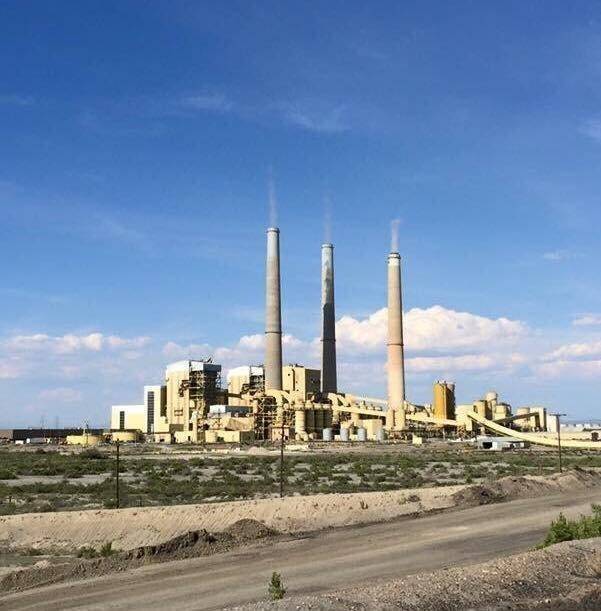Written by Julie Johansen
Many local citizens packed the Salt Lake City Public Library Tuesday to comment at an EPA hearing on regional haze.
They were urging the adoption of the State Implementation Plan rather than the federal alternative that would be cost prohibitive to PacificCorp with regards to Hunter Plant 1 & 2 and also Huntington Plant 1 & 2.
According to opposition groups, emissions from these coal-fired plants are directly related to regional haze.
The Federal Environmental Protection Agency (EPA) and The National Parks Service are calling for an improvement in the regional haze in southern Utah. They feel emissions from these power plants are the reason for the regional haze.
“The parks experience haze eight out of 10 days,” said Arches National Park Superintendent Kate Cannon. “The primary cause of this haze on about 20% of these days is the coal plants.”
The EPA has initiated public hearings and public comment periods to aid in their decision-making. These public hearings began in Salt Lake City on Tuesday, and the public comment period is open until mid-March with an expected decision adopted by early June.
According to PacificCorp, the Utah Department of Environmental Quality Regional Haze State Implementation Plan (SIP) provides greater reasonable progress toward visibility goals at a significantly lower cost than does the EPA co-proposal that would require the installation of selective catalytic reduction. PacificCorp has already implemented the requirements of the first proposal and achieved significant and sufficient nitrogen oxide emissions reduction.
Hunter Plant Manager Laren Huntsman reported that the EPA’s co-proposal would cost PacificCorp an additional $700 million and could be cost prohibitive. According to PacificCorp, all four units under question have been updated with improvements to emission controls under Best Available Retrofit Technology (BART). Those improvements have already cost PacifiCorp $500 million.
Bill Lawson, a Rocky Mountain Power executive, said that the federal proposal wouldn’t accomplish what many think it would. He said his company has already put in over $500 million in new emission controls in the last decade that are having favorable impacts. He said that is why the company supports the alternative option to adopt the state plan.
At the meeting held on Tuesday, Carbon County Commissioner Jae Potter stated that 80% of the local economy hinges on local mineral extraction and power plants. He also said that additional regulations by the federal government wouldn’t improve the skies already enjoyed in Castle Country and would greatly affect the local economies.

